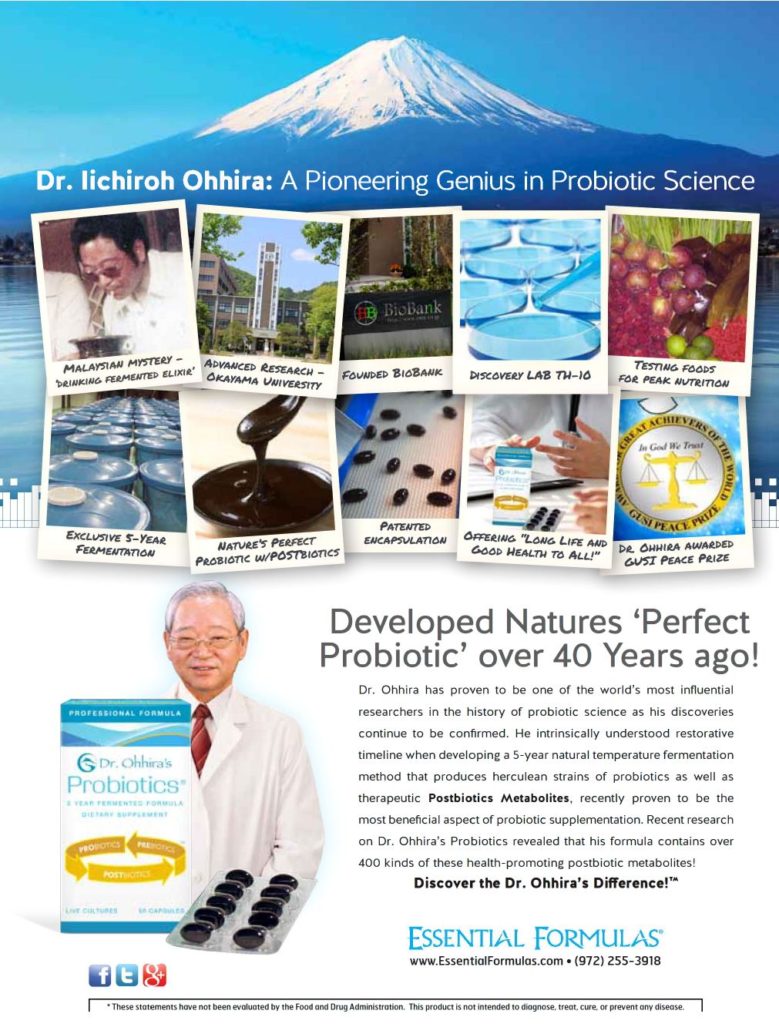Integrative Management of Respiratory Illnesses, continued…
A host of botanical medicines have been traditionally used as expectorants. Unfortunately, there is little or no mention of several of them in the current medical literature, but the experiences of our mentors and ourselves have led us to their routine use. We typically customize a formula of expectorant and antimicrobial botanicals for each patient with respiratory illness. Botanicals that we frequently choose include horehound, grindelia, prickly ash, lobelia, cayenne, ginger, and licorice. Prickly ash is underappreciated, as it seems to be an excellent expectorant and flavoring agent.
The literature on licorice (Glycyrrhiza glabra) demonstrates compelling evidence with regard to its mucolytic and antimicrobial effects. In vitro studies on animal tissue cultures have demonstrated that the constituent prunetin can regulate secretion and production of mucin by acting directly on airway epithelial cells.45 Investigations of the antiviral properties of licorice in humans have focused primarily on hepatitis viruses B and C and HIV, though actions against copious other viruses including influenza, respiratory syncitial virus and the herpesviridae family of viruses have been studied in tissue cultures and animal models. The authors of a 2007 licorice review article conclude, “The data reviewed showed that several constituents of licorice roots have a potential as effective alternatives in combating a wide variety of respiratory, hepatic and systemic viral diseases by general immune modulatory and membrane effects, as well as specific effects on enzyme activity and expression related to selected viruses.”46-68 Moreover, in vitro research has demonstrated the antibacterial effects of constituents from licorice on the common respiratory bacteria Streptococcus pyogenes, Haemophilus influenzae, and Moraxella catarrhalis.69
Antimicrobials
Thyme (Thymus vulgare), especially thyme oil, has shown potent antimicrobial activity in several in vitro studies. Disk diffusion studies have demonstrated strong inhibition of multidrug-resistant strains of Staphylococcus, Escherichia, Pseudomonas, and Enterococcus genera isolated from human oral and abdominal cavities, respiratory and genitourinary tracts, and skin.70,71 Thyme and cinnamon essential oils (EO) have demonstrated antimicrobial activity against S. pyogenes, S. pneumonia, and S. agalactiae as well as Klebsiella pneumonia, Haemophilus influenza, Staphylococcus aureus, and Stenotrophomonas maltophilia in vitro.72
Eucalyptus globulus EO has demonstrated in vitro effects against H. influenza, H. parainfluenzae, and S. maltohilia as well as slightly weaker activity against S. pneumonia and S. agalactiae.73
A multicenter, double-blind, placebo-controlled trial was conducted by Ben-Arye et al. (2010) that examined the effects of a spray containing Eucalyptus citriodora, Eucalyptus globulus, Mentha piperita, Origanum syriacum, and Rosmarinus officinalis EO versus a placebo spray for changes in severity of the most debilitating symptom (sore throat, hoarseness, or cough) of upper respiratory tract infections over a short period. The spray brought about significant and immediate improvements in symptoms.74 We frequently recommend the addition of a few drops of any one of these to a steam inhalation to volatilize it and deliver it directly to the respiratory epithelium.
We will often dispense, through the insertion of cotton tip applicators into the nasal meatus, an essential oil blend called Nasosympatico. The formula blends eucalyptus EO 3.75 mL, thyme EO 3.75 mL, peppermint EO 3.75 mL, and lavender EO 0.8 mL in a base of sweet almond oil 4.5 oz. (135 ml). Used by us most often for chronic sinus infections, the formula and delivery method is a valuable adjunct to upper respiratory tract viral or bacterial infections as elucidated above. The technique itself has been attributed to traditional osteopathic medicine, and other naturopathic physicians have reported effectiveness from its use in chronic sinusitis.75
Echinacea species have been the subject of much research over the past decades. Clinical trial data are conflicting as are the preparations and species of echinacea used in various studies. The existing data make it appear that preparations of the aerial parts of Echinacea purpurea demonstrate the greatest potential for clinical effect.76,77 Data suggest that echinacea demonstrates its antiviral effect against viral membranes and therefore may be more potent in the early stages of infection or during viral shedding and transmission with less effect against intracellular viruses.76-79 The effects of echinacea have also been demonstrated on immune cell function, trafficking, and cytokine expression leading to other potential infection-fighting mechanisms beyond its direct virucidal effects.80-83 Echinacea has demonstrated varying effects against particular upper respiratory pathogens in vitro, with very promising effects demonstrated against group A strep bacterial and H. influenzae, but very little effect against MRSA or K. pneumoniae.84,85
Elderberry (Sambucus nigra) has demonstrated interesting and robust in vitro effects against bacteria and viruses, especially the influenza viruses.86-88 Much of that research has focused on a particular proprietary preparation of elderberry. Three clinical trials of that proprietary elderberry preparation have demonstrated moderate effects against the severity and duration of the symptoms of influenza viruses and upper respiratory tract infections.86,89 The authors of recent reviews on elderberry concede that the data seen to date is promising, but that clinical trials have demonstrated a moderate effect, at best, and that further studies are needed to “demonstrate clinical effects beyond any doubt.”90








